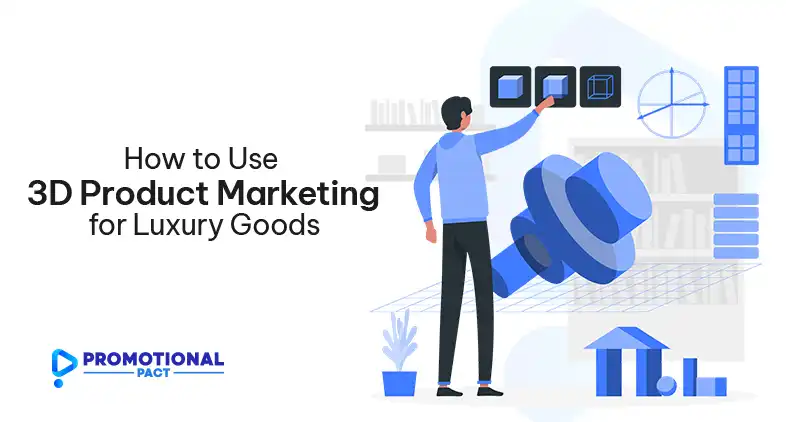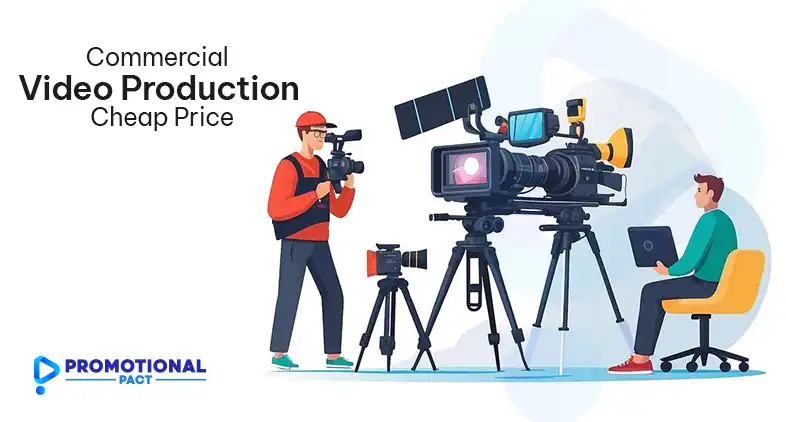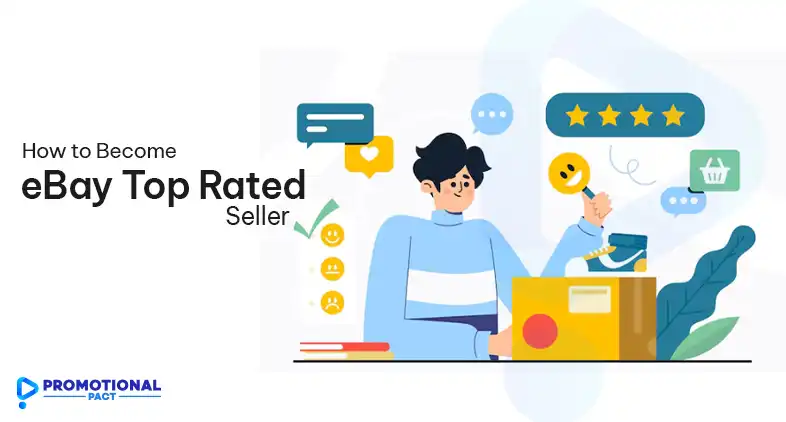The luxury retail world is rapidly evolving in the digital age. As online shopping grows, especially among tech-savvy Gen Z consumers, luxury brands must adapt. 3D product marketing has emerged as a powerful tool to captivate modern luxury buyers with rich, immersive e-commerce experiences.
According to a survey by Bain & Company, 83% of luxury purchases are now influenced by online interactions. 3D product visualization offers brands a competitive edge. Interactive 3D models drive deeper product engagement and allow the telling of compelling brand stories digitally.

Understanding the Luxury Consumer Mindset
Successful luxury marketing hinges on connecting with customers’ aspirations and values. Today’s luxury shoppers crave:
Exclusivity and Personalization
Luxury purchases represent status and individualism. Superior digital experiences that allow customization and bespoke designs appeal to this desire. 3D product configurators enable modifying colors, materials, and finishes to create a one-of-a-kind product.
Gucci’s digital sneaker customization platform exemplifies this. Shoppers can personalize designs with specialized details and embroideries for exclusivity. This instills a sense of pride and ownership in the luxury purchase.
Emotional Connection Through Storytelling
Beyond material goods, luxury resonates through rich heritage and craftsmanship narratives. 3D animation and visualization ignite this emotional connection. For example, Dior showcased its artisanal savoir-faire through a virtual reality experience exhibited at stores.
Seamless Omnichannel Quality
Affluent customers expect premium, consistent service across all touchpoints. 3D/AR product marketing bridges digital discovery with in-person consulting. Brands like LVMH now equip retail staff with mobile apps to showcase products in immersive 3D during consultations.
What 3D Product Marketing Can Do for Luxury Goods

Bringing Products to Life in 3D
3D models elevate product marketing versus static imagery and video alone. They unlock interactive visualization from every angle, with zoom capabilities to appreciate fine details and textures that convey quality. Louis Vuitton uses 3D models on its site with inspection hotspots and 360-degree spins.
This rich visualization narrates luxury products’ intricate craftsmanship virtually. Elements like dynamic lighting and material reflections mimic the physical world to depict realism digitally. For Cartier’s jewelry, hyper-realistic 3D rendering captures the brilliance of precious gemstones.
The Power of Augmented Reality
Augmented reality (AR) immerses luxury into the shopper’s actual environment through their smart device camera. It creates a “try it on” experience for merchandise like watches, jewelry, and accessories that conventional e-commerce lacks.
Bvlgari’s app allows visualizing how different watch models appear on the wrist from any angle. Customers can explore the product hands-on without visiting a boutique. Virtual try-on boosts confidence to buy, with 88% of AR users saying they’re more likely to follow through after an AR session.
For home furnishings, AR apps like IKEA Place let shoppers envision furniture placement within their space at scale. This impact context makes big-ticket purchases tangible.
Leveraging 3D Product Marketing for Luxury Goods
To maximize 3D marketing returns, luxury brands must thoughtfully plan their approach:
Assess Needs and Budget
Audit existing product assets and outline desired 3D/AR capabilities. Factor costs for 3D modeling, AR app development, and agency creative services as needed.
Select the Right Production Tools
Low-cost 3D tools like Blender work for basic product visualization. More advanced rendering like material shaders and animation may require software like 3DS Max or Maya.
Optimize for Mobile Experiences
Ensure 3D/AR integrations are mobile responsive and leverage device camera/gyroscope when applicable. Optimize assets like model compression to prioritize speed.
Weave Into Multi-Channel Campaigns
Distribute 3D assets across owned channels like websites, apps, email, and organic social to amplify reach. Paid 3D ad units can also drive engagement.
Train In-Store Staff
Provide sales associates with knowledge of 3D and extended reality tools so they can demo effectively and communicate the value.
Final Thoughts
Looking ahead, virtual and extended reality innovations will further reshape luxury e-commerce. As web3 comes to fruition, Web3D applications enable seamless product visualization in the metaverse and virtual worlds. With new immersive mediums like AR glasses and headsets, brands have unparalleled opportunities to redefine luxury experiences.
While still emerging, these 3D technologies represent the forefront of premium digital storytelling. By embracing them thoughtfully, luxury houses can future-proof their relevance with influential younger affluent buyers. Sophisticated extended reality integration is poised to define the next era of aspirational branding and loyalty.
FAQ
What are some other metrics to track for a 3D product marketing campaign?
Additional metrics to monitor include social engagement with 3D/AR content, sentiment analysis from online discussions, website traffic from 3D model page referrals, average time interacting with 3D models, re-purchase rate for customers who used AR customization, and brand awareness lift among AR campaign audiences.
How can luxury brands maximize 3D product views on mobile?
Optimize 3D models for quick loading times under 2 seconds. Allow pinch-to-zoom and panning gesture controls. Minimize required gestures for interaction. Make interface buttons large and responsive to touch. Enable camera interaction to view products in real environments.
What emerging technologies show promise for advanced 3D product experiences?
Virtual reality (VR) enables highly immersive product interactions and environments not possible on flatscreens. Some luxury brands now use VR to take customers inside virtual stores and showrooms. As VR headsets improve, they present new 3D marketing possibilities. Photorealistic 3D simulations powered by gaming engine technology also continue advancing.
How can luxury brands equip stores and sales associates to leverage 3D/AR?
Provide stores with iPad devices to showcase 3D products and AR experiences. Train associates on 3D model features so they can demonstrate during consultations. Install interactive 3D displays that link with product inventory systems. Offer AR tools to associates to enhance virtual try-ons and communicate custom options.
What advice is there for luxury brands just starting with 3D marketing?
Start with your hero and flagship products to test and learn before scaling up 3D assets. Focus on delivering a seamless and intuitive user experience. Measure incremental business impact compared to traditional methods. Be patient and persistent, as consumers will gradually adapt as they become exposed to more immersive digital luxury experiences.

